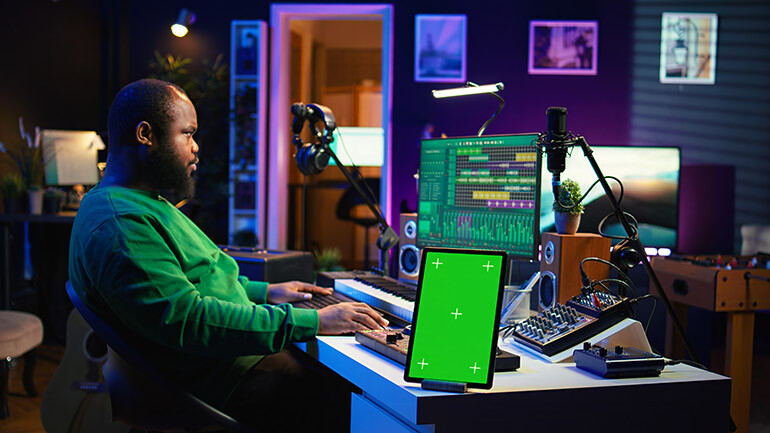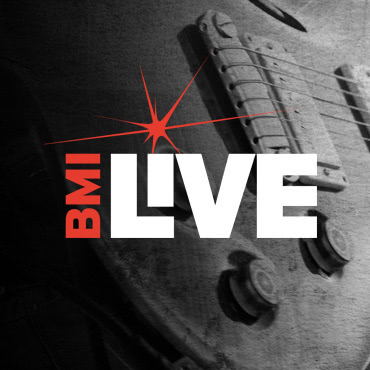Mixing While You Work
Even if you have the space and automation to quickly recall all your takes, committing to the best ones while you’re working can seriously streamline the recording process

Nowadays, any computer with a snappy processor and ample disc space allows you to track at will without having to move or delete anything. But the lack of boundaries that modern DAWs offer can also result in scores of takes piling up everywhere, only adding to your mix workload.
What you could use is a way to organize your session so that you can quickly recall different takes, mixes, plus groups of instruments or vocals while working on the project. Submixing—that is, sending numerous signals to a single or pair of tracks on your recorder—does just that, giving you greater control over the sum of your parts.
Of course, there was a time when submixing wasn’t an option, but a requirement—if you only had eight tracks and filled up six, you needed to mix (or “bounce”) to the remaining two tracks, or to a separate recorder, in order to keep going. During the 1960s these so-called “reduction mixes” allowed groups like the Beatles and the Beach Boys to make increasingly complex music using only a handful of recording tracks, simply by transferring the material from one tape machine to another, often numerous times. In many ways, the reduced tracking capacity back then was a great benefit, as it forced artist and engineer to commit to certain combinations of sounds on the spot, making the subsequent final mixing work that much easier. It’s a lesson that’s still valid today.
Grouping candidates. Any number of instruments or vocals that are relatively uniform in volume, are processed similarly, or are a fixed part of the rhythm section can be good candidates for submixing. If you have five microphones on a single drumkit, for example, you’ll need to adjust the individual levels, pan positions and EQ settings for each channel; for those who use a standalone machine with limited recording capacity, you’re eating up precious track space as well. Whereas if you submixed all the drum tracks down to a stereo or even mono channel, you’ll be able to recall the mix quickly and easily using a single fader. The same goes for background vocals, hand percussion, stereo rhythm guitars, or any other combination of sounds that can be compiled.
Bouncing vs printing. A modern DAW gives you several options for compiling a mix (or portions of). When bouncing, the recorder simply saves the entire session to disc as standalone mix file, without the need to monitor the process. If for instance you’d like to run off a few rough mixes to a collaborator, then bouncing can save you time, since you won’t have to sit through the entirety of each session.
Conversely, printing a mix requires that you roll the session in real time while sending the desired sources to an open pair of tracks on your recorder. This method allows you to determine if the current arrangement is suitable, as well as whether the various parts properly gel. To set up a printed submix, simply hit the “subgroup” indicator on each channel you want in the mix, then route the signals through the subgroup outputs to an available pair of recording tracks. And because the overall sound can change once you’re in a new environment, consider making several mixes, each with slight variations—say, boosting the bass intro on one, using alternate pan positions on another, processing with/without reverb, and so forth. Create a folder for the various mixes so you can review your work later when your ears are refreshed; you can also line up the different mix “takes” in your sound editor and select portions of each to compile a “best of” main mix. And if you ultimately don’t like the sound of a submixed track, you can always revert to the original and try again.
Bottom line—whether you have 800 tracks or eight, there’s still a case to be made for consolidating certain parts as you go along. Even if you have the space and automation to quickly recall all of your takes, committing to the best ones while you’re working reduces clutter, significantly streamlining the entire recording process. And by making “trial mixes” of the whole song along the way, you’ll get a better feel for what’s working and what isn’t and adjust accordingly.






Community
Connect with BMI & Professional Songwriters